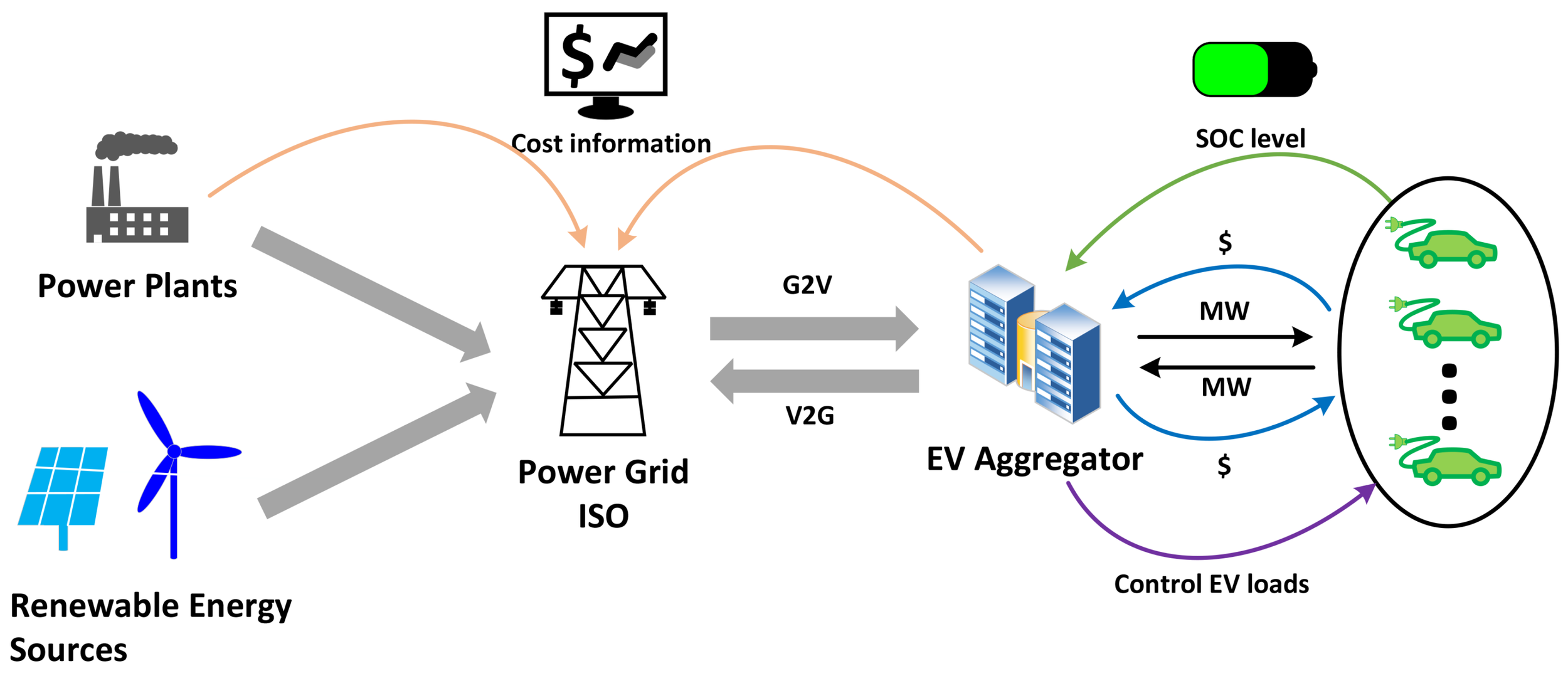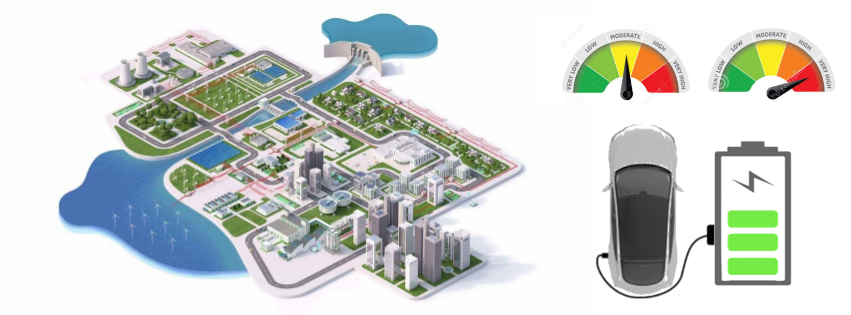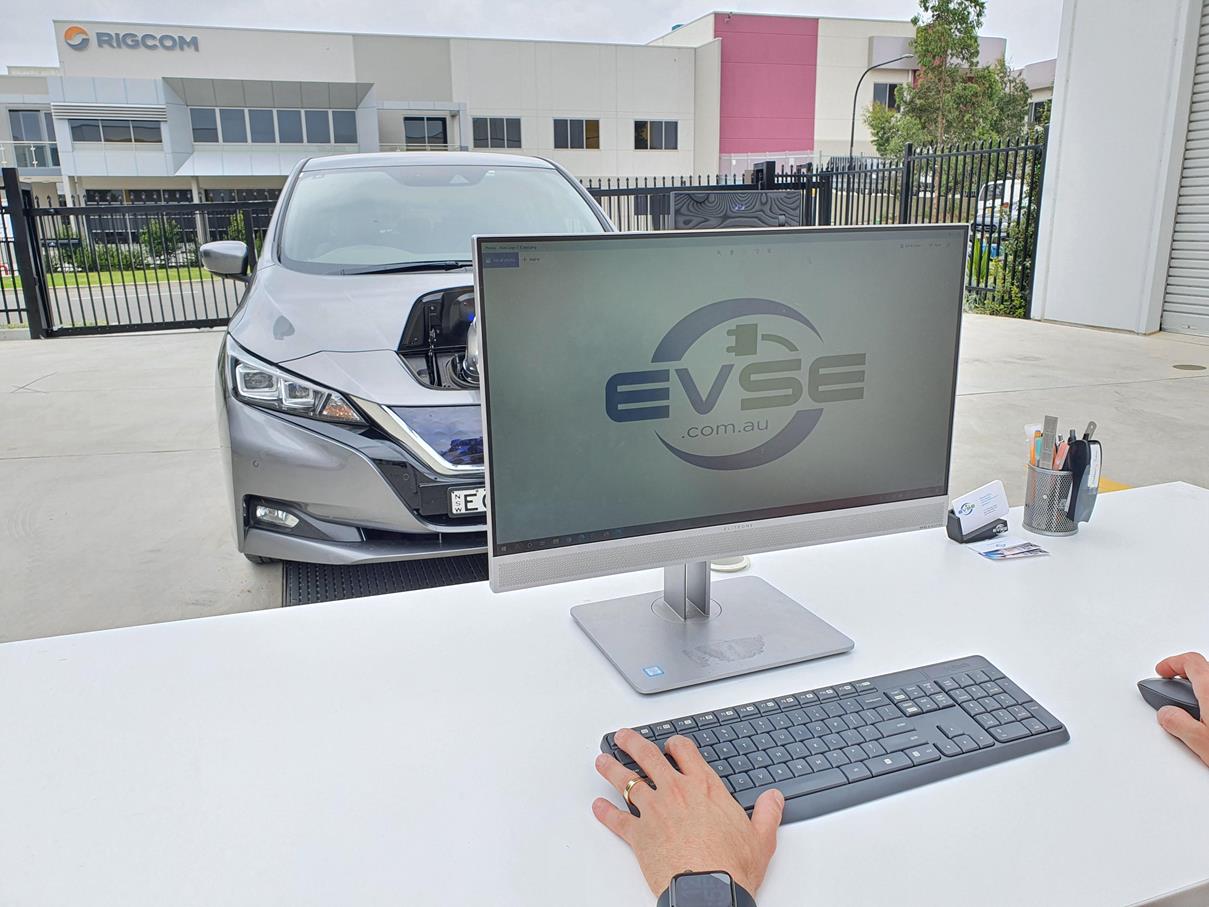Vehicle to Grid V2G vs Vehicle to Home V2H. Which one to choose?

A question that is increasingly being asked by electric vehicle drivers is would a grid-based vehicle bi-directional connection be superior to a local vehicle to home network. This blog looks into the technology concept and provides the feasibility.
Firstly most of the grid-scale benefits of Vehicle to grid can be achieved by employing intelligent electric car charging stations. Let’s firstly look at the concepts from an energy company prospective
1. One way power flow with indigent charging solutions
2. V1G with an aggregation platform to manage charging
3. Vehicle to grid bidirectional charging
Simply V1G involves intelligent or smart charging solutions charging across different times of the day in order to provide a grid balancing and demand response mechanism to the grid. V2G on the other hand actually draws electricity back to the grid to provide electricity in times of increased electricity utilisation on the grid. Smart charging solutions such as the EO Mini Pro electric car charging station are designed to utilise local solar generation and work with schedule charging rates to initiate and stop charging. Due to the regulatory framework and rules regarding bi-directional charging V1G is seen as the current commercially viable option
The other localised option is V2H or vehicle to home whereby the electric car links into the home in regards to creating a balance within a home environment. The vehicle provides a supply during times of excess usage or increased electricity consumption. This is popular in homes which has excess local production of solar and like to use this to power homes in the evening as a battery backup.
Bidirectional Vehicle to Grid 2G
The concept is essentially the vehicle provides electricity to the grid. The concept works if the utility company purchases electricity during periods of peak demand or to use available electricity for balancing and frequency control. The commercial value of V2G is higher but requires far greater regulatory and network integration standards.

However lets look at the costs
1. V2G requires expensive DC charging hardware with invertors which have significant electricity losses. Studies show between efficacy of between 54-70% in terms of round trip efficiency. Meaning over 30% of energy production is lost. When we think of the implications for a commercial level this may make the concept a non-starter.
2. Cost a $12,000 DC charger compared to a $2000 EV charger means a significant upfront investment for many drivers. The commercials need to stack up very fast for this to make any commercial sense. If a electric car charger has a design life of 10 years we would need to see a benift of $1,000 year to make this worthwhile
3. Battery degradation due to increased cycling. The cost of a battery is 1/3rd of an EV and more when we consider the cost to find a specialist to replace.
4. Regulation and adoption by energy companies. Let’s remember the technology will need to be adopted by grid operators who will only p[ay wholesale rates for electricity not retail and so any electricity sold back to the grid may not come at a price which represent value to a customer.
5. Finally smart meters are required to measure the electricity going back and represent a retrofitting cost.
V2G has amazing potential but the costs of the technology must come down before it’s economically Viable. Sam Korkees is the director of EVSE Australia and believes in the commercialisation of the concept via increased research and development. Learn more at https://evse.com.au/



